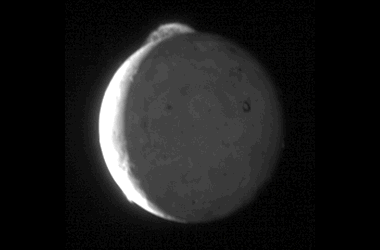
Just click the search icon in the top-right of the map to toggle the search block. Added back a simple place search feature in the world map.
Solar ash gif how to#
For me, this is the really fun bit as you often have to completely rethink how to do things before you finally get that vital Eureka moment. This can be done by, for example, transforming components instead of regenerating them, using CSS3 animations and transitions, interpolating between pre-built elements instead of regenerating new elements each time, etc. Thus, the key to fast animations is to offload as much work as possible onto the SVG engine, or even the browser rendering engine.

All other previously defined components are automatically re-rendered by the SVG engine, which is a core part of the browser itself (running as native code) so is significantly faster than working in Javascript.

With SVG charts, you only need to re-describe and/or re-generate those components that actually change on each redraw. If any components require complex calculation or involve detailed curves, you have to devise your own caching system as this all has to be redone for every redraw.
Solar ash gif full#
As the canvas element is pixel-based, any content change usually requires a full redraw of all chart components, each being re-described and/or re-generated in your own Javascript code. Thus, for the kinds of animated 2D charts I need, SVG seems to have much more optimisation potential than using a HTML5 canvas element. The actual rendering of that cached element is then done by a much faster lower-level process (OpenGL/GPU and the SVG engine respectively). Any complex calculations in Javascript need only be done once to build up each visual component, or to rebuild if it physically changes. The core ideas when working in both are actually pretty similar - building up a set of visual components that are cached and rendered separately (OpenGL vertex buffer objects and SVG elements respectively). The marriage of WebGL for 3D visualisation and SVG for 2D data presentation also turns out to be a pretty happy one. Sure this was on an i7 processor, but it meant that the core technologies were not going to be the kind of bottleneck that I thought they’d be.Īs it turned out, there was scope for some pretty fundamental optimisations, so now it’s even quick enough on an iPad as well as most of my old Android tablets.

I’m actually quite stunned as, even before any optimisation whatsoever, I found that I could build and rebuild the entire Sun-path mesh on every change in pretty well real time. This started out as an experiment to see just how responsive I could make the generation and display of 3D Sun-path diagrams and shadow projections using JavaScript and WebGL. You can set the location using the map by either dragging the locator icon around or clicking in the position you want. You can also use both the popover buttons and information panels located in the top-right to set the date, time and location.
Solar ash gif update#
It should be fast enough to update in pretty close to real-time as you drag the locator within the map or the date/time in the day-length chart. The aim was to clearly illustrate the relationship between geographic location and the annual Sun-path.

The SVG chart defaults to showing the annual variation in day-length, but you can also select an analemma chart or several different types of 2D Sun-path diagram.
Solar ash gif generator#
This app connects an interactive Google World Map to a 3D Sun-path diagram, shadow map generator and a 2D SVG chart displaying a range of solar information.


 0 kommentar(er)
0 kommentar(er)
